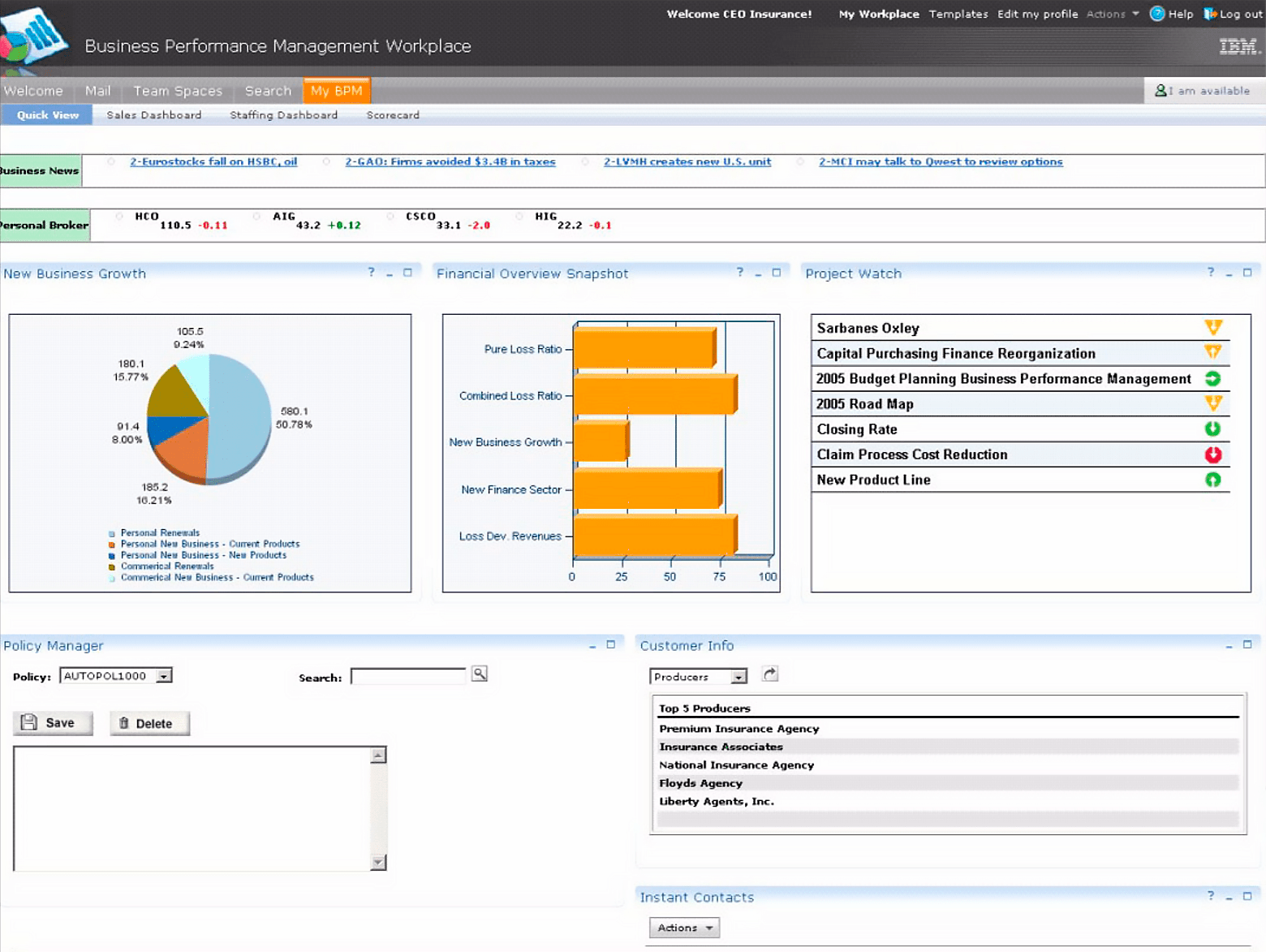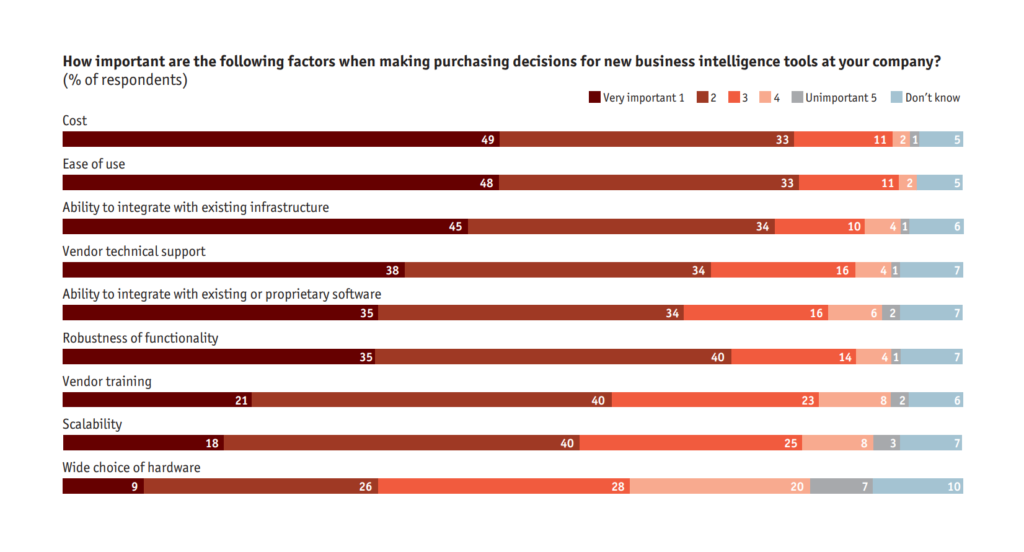Aberdeen Group Outlines Four Hidden BI Cost Factors to Avoid

Bugdets beyond license costs
Business intelligence is considered to be the helping hand for organizations wishing to do more with less. However, David Hatch, an Aberdeen Group analyst, has outlined four hidden cost factors likely to arise in a BI initiative.
According to David, the total cost of ownership is not only about the price of purchasing the software, there are also indirect and hidden factors that affect the real BI budget. Very often, the resources the company needs to acquire to properly implement, deploy, support, and maintain a BI solution are far more greater than it was assumed at the beginning.
Here are those factors, as David describes them in a recent report from Aberdeen:
- The year-after-year budget increases. A typical best-in-class company sees a drop in year-after-year BI budgetary costs. Average and laggard companies, however, can witness increases in BI expenses that range from 2% to 9%.
- Cost per user. Best-in-class companies lower per-user costs by 4.3%, whereas average performers and laggards often see increases ranging from 1% to 7%.
- Time to complete projects. Best-in-class achievers complete BI projects, on average, within 14 days. Average performers take nearly 3 times as long (approximately 39 days) to complete a project, and the typical laggard company takes more than 12 times as long (177 days).
- Modifications to BI software. Altering a BI program takes less than a day for best-in-class companies; 3 days for average performers; and up to 8 days for laggard organizations.
At the same time, the importance of TCO has always been one of the most important criteria when choosing a BI platform, according to studies by other researchers.
 The most critical factors when acquiring BI tools (image credit)
The most critical factors when acquiring BI tools (image credit)
Ways to optimize the budgets
How can a company avoid additional costs of ownership and achieve higher returns from BI initiatives? David suggests that investments in the following areas will maximize the results:
- Data integration and cleansing. “Companies are finding it difficult to bring data together from multiple, disparate sources,” Hatch says. Investing in tools for data management can be of help in this regard. Best-in-class companies are twice as likely as their counterparts are to institute data integration and cleansing capabilities.
- End-user requirements. “You really have to stop and think about why…so many companies have deployed tools that so many aren’t able to use,” Hatch says. Companies must understand that end-users—especially nontechnical, non-data-guru types—may need different approaches. Hatch advises companies to focus on end-user needs before deploying a solution.
- Training. Top performers are 37% more likely to invest in extensive user training on BI solutions and 40% are more likely to have formed formal user committees to encourage adoption. Additionally, best-in-class companies are twice as likely as laggards and average performers are to sign up for vendor-provided services.
- Operational BI. Successful adopters of BI use the technology on an everyday basis rather than merely getting a summarized spreadsheet version of performance and high-level trends. Hatch says that operational BI seems to be gaining traction as companies look to make comparisons over shorter time spans rather than just examine large-scale trends.
David also noted that open-source applications have become a new trend. According to him, 83% of best-in-class organizations have already adopted these tools for data cleansing and data quality.
Further reading
- Gartner Says Most Companies Fail to Link BI to Decision-Making
- Corporate Analysis and Business Intelligence Lack Data Quality
- BI Has No Future? What Do Surveys Say?







